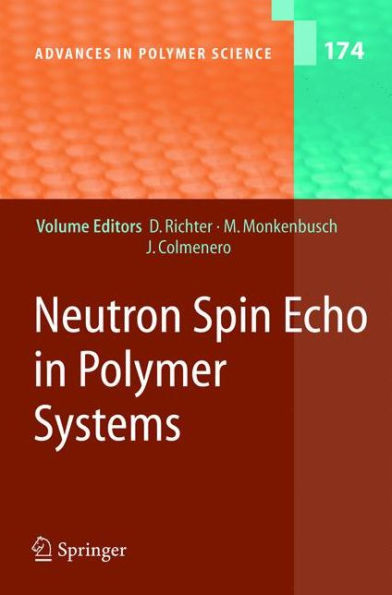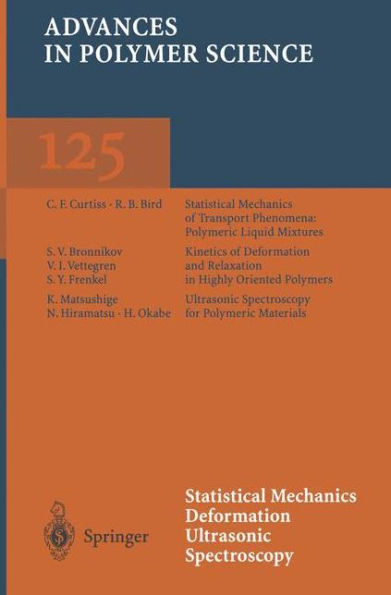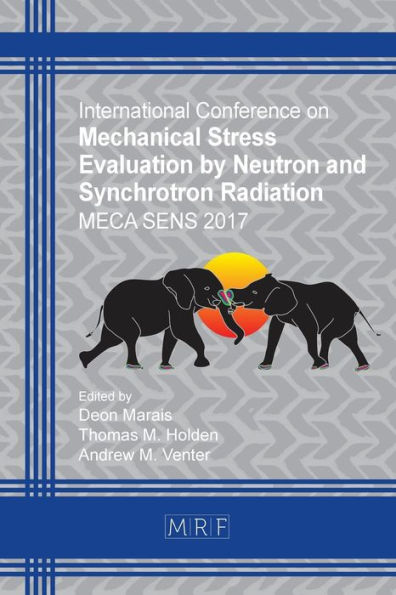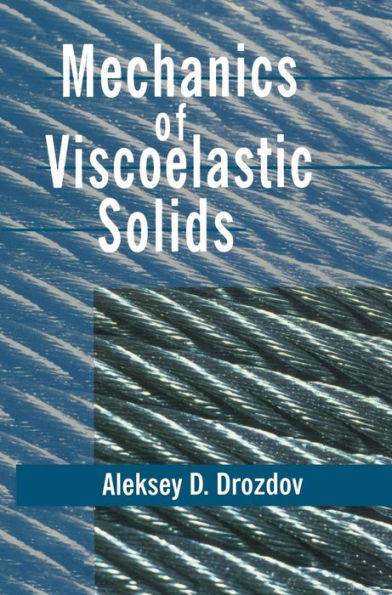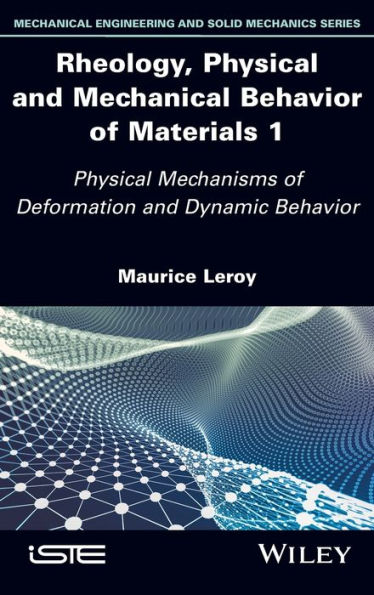Home
Neutron Spin Echo Spectroscopy Viscoelasticity Rheology
Loading Inventory...
Barnes and Noble
Neutron Spin Echo Spectroscopy Viscoelasticity Rheology
Current price: $54.99
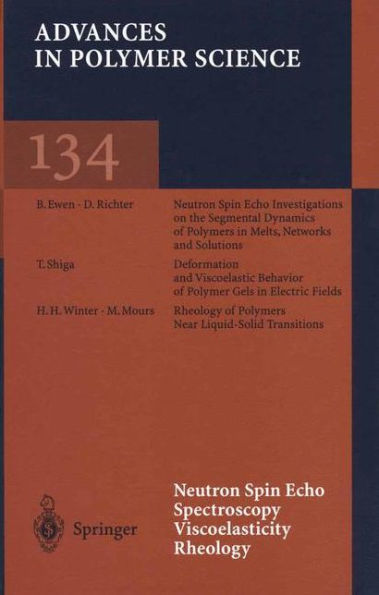

Barnes and Noble
Neutron Spin Echo Spectroscopy Viscoelasticity Rheology
Current price: $54.99
Loading Inventory...
Size: OS
*Product Information may vary - to confirm product availability, pricing, and additional information please contact Barnes and Noble
Visco elastic and tran sport properties of polymers in the liquid(solution,melt)or liquid-like (rubber) state determine their processing and application to a large extent and are of basic physical interest [1—3]. An understanding of these dynamic properties at a molecular level, therefore, is of great importance. However, this understanding is complicated by the facts that different motional processes may occur on different length scales and that the dynamics are governed by universal chain properties as well as by the special chemical structure of the monomer units [4,5]. The earliest and simplest approach in this direction starts from Langevin equations with solutions comprising a spectrum of relaxation modes [1—4]. Special features are the incorporation of entropic forces (Rouse model, [6]) which relax uctuations of reduced entropy, and of hydrodynamic interactions (Zimm model, [7]) which couple segmental motions via long-range back ow elds in polymer solutions, and the inclusion of topological constraints or entanglements (reptation or tube model, [8—10]) which are mutually imposed within a dense ensemble of chains. Another approach, neglecting the details of the chemical structure and concentrating on the universal elements of chain relaxation, is based on dynamic scalingconsiderations[4,11]. In particular in polymer solutions, this approach offers an elegant tool to specify the general trends of polymer dynamics, although it suffers from the lack of a molecular interpretation. A real test of these theoretical approaches requires microscopic methods, which simultaneously give direct access to the space and time evolution of the segmental diffusion. Here, quasi-elastic scattering methods play a crucial role sincetheyallowthemeasurementof thecorrespondingcorrelationfunctions.Inparticular,thehigh-resolutionneutronspinecho(NSE)spectroscopy[12—15]is very suitable for such investigations since this method covers an appropriate range in time (0.005)t/ns)40) and space (r/nm [15). Furthermore, the possibilityoflabellingbyhydrogen-deuteriumexchangeallowstheobservation of single-chain behavior even in the melt.
